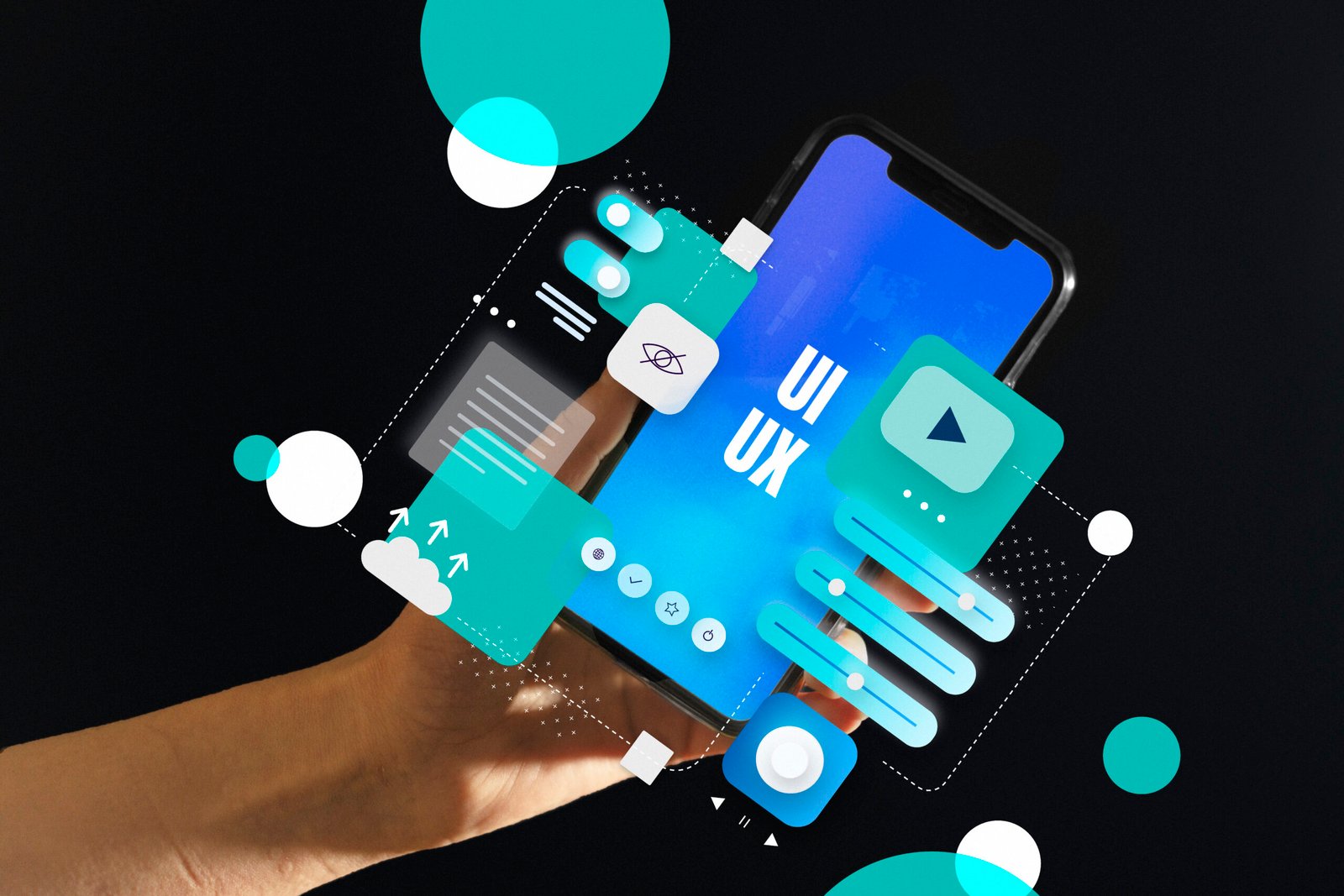- Home
- Company
-
Services
-
- .Net Development Solutions
- Angular Development Solutions
- Java Development Solutions
- Joomla Development Solutions
- Laravel Development Solutions
- Nodejs Development Solutions
- PHP Development Solutions
- Python Development Solutions
- React Development Solutions
- Sqarespace Development Solutions
- Wix Development Solutions
- WordPress Development Solutions
- Industries
- Careers
- Case Studies
- Blog




